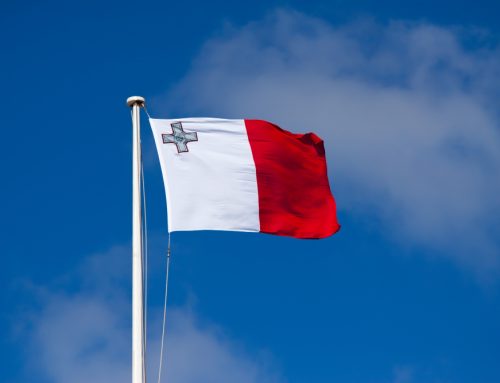October 24, 2022
At the end of the second quarter of 2022, the government debt to GDP ratio in the euro area stood at 94.2%, compared with 95.2% at the end of the first quarter of 2022. In the EU, the ratio also decreased from 87.5% to 86.4%. For both the euro area and the EU, the decrease in government debt to GDP ratio is due to an increase in GDP outweighing the increase in government debt in absolute terms. Compared with the second quarter of 2021, the government debt to GDP ratio decreased more strongly in both the euro area (from 97.9% to 94.2%) and the EU (from 90.5% to 86.4%). The decreases are due to the rebound in GDP, while debt in absolute terms continued to increase.
At the end of the second quarter of 2022, debt securities accounted for 82.7% of euro area and for 82.2% of EU general government debt. Loans made up 14.1% and 14.7% respectively and currency and deposits represented 3.1% of both euro area and EU government debt. Due to the involvement of EU Member States’ governments in financial assistance to certain Member States, quarterly data on intergovernmental lending (IGL) are also published. The share of IGL as percentage of GDP at the end of the second quarter of 2022 accounted for 1.7% in the euro area and for 1.5% in the EU.
Government debt at the end of the second quarter 2022 by Member State
The highest ratios of government debt to GDP at the end of the second quarter of 2022 were recorded in Greece (182.1%), Italy (150.2%), Portugal (123.4%), Spain (116.1%), France (113.1%) and Belgium (108.3%), and the lowest in Estonia (16.7%), Bulgaria (21.3%) and Luxembourg (25.4%).
Compared with the first quarter of 2022, three Member States registered an increase in their debt to GDP ratio at the end of the second quarter of 2022 and twenty-four a decrease. Increases in the ratio were observed in Luxembourg (+2.8 percentage points – pp), Czechia (+0.6 pp) and the Netherlands (+0.1 pp), while the largest decreases were recorded in Cyprus (-6.8 pp), Greece (-6.3 pp), Croatia (-3.0 pp), Malta (-2.3 pp), Italy (-1.9 pp) and Ireland (-1.8 pp).
Compared with the second quarter of 2021, four Member States registered an increase in their debt to GDP ratio at the end of the second quarter of 2022 and twenty-three Member States a decrease. Increases in the ratio were recorded in Romania (+1.4 pp), Czechia (+0.9 pp), Hungary (+0.6 pp) and Slovakia (+0.1 pp), while the largest decreases were observed in Greece (-25.4 pp), Cyprus (-14.4 pp), Croatia (-12.0 pp), Portugal (-10.8 pp), Denmark (-8.2 pp), Ireland (-7.5 pp), Spain (-7.0 pp) and Slovenia (-6.5 pp).
Source: Eurostat
Legal Notice: The information in this article is intended for information purposes only. It is not intended for professional information purposes specific to a person or an institution. Every institution has different requirements because of its own circumstances even though they bear a resemblance to each other. Consequently, it is your interest to consult on an expert before taking a decision based on information stated in this article and putting into practice. Neither Karen Audit nor related person or institutions are not responsible for any damages or losses that might occur in consequence of the use of the information in this article by private or formal, real or legal person and institutions.






